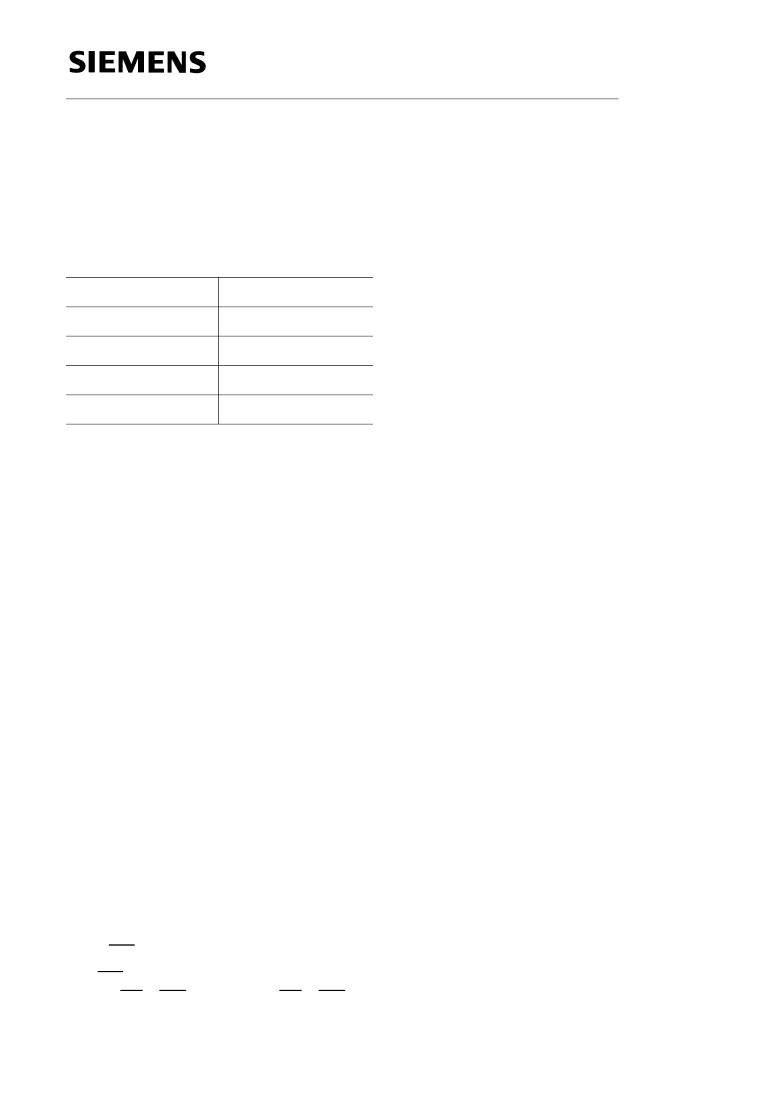- 您現(xiàn)在的位置:買賣IC網(wǎng) > PDF目錄374697 > SAB82525N (INFINEON TECHNOLOGIES AG) Data Communications ICs PDF資料下載
參數(shù)資料
| 型號(hào): | SAB82525N |
| 廠商: | INFINEON TECHNOLOGIES AG |
| 英文描述: | Data Communications ICs |
| 中文描述: | 數(shù)據(jù)通信集成電路 |
| 文件頁數(shù): | 120/126頁 |
| 文件大小: | 730K |
| 代理商: | SAB82525N |
第1頁第2頁第3頁第4頁第5頁第6頁第7頁第8頁第9頁第10頁第11頁第12頁第13頁第14頁第15頁第16頁第17頁第18頁第19頁第20頁第21頁第22頁第23頁第24頁第25頁第26頁第27頁第28頁第29頁第30頁第31頁第32頁第33頁第34頁第35頁第36頁第37頁第38頁第39頁第40頁第41頁第42頁第43頁第44頁第45頁第46頁第47頁第48頁第49頁第50頁第51頁第52頁第53頁第54頁第55頁第56頁第57頁第58頁第59頁第60頁第61頁第62頁第63頁第64頁第65頁第66頁第67頁第68頁第69頁第70頁第71頁第72頁第73頁第74頁第75頁第76頁第77頁第78頁第79頁第80頁第81頁第82頁第83頁第84頁第85頁第86頁第87頁第88頁第89頁第90頁第91頁第92頁第93頁第94頁第95頁第96頁第97頁第98頁第99頁第100頁第101頁第102頁第103頁第104頁第105頁第106頁第107頁第108頁第109頁第110頁第111頁第112頁第113頁第114頁第115頁第116頁第117頁第118頁第119頁當(dāng)前第120頁第121頁第122頁第123頁第124頁第125頁第126頁

Semiconductor Group
120
SAB 82525
SAB 82526
SAF 82525
SAF 82526
Upgrades of HSCX Version V2.1
3
The bits VN3 … VN0 of the Version Status Register (VSTR) contain the value 5 for version
V2.1. All HSCX version numbers are listed below:
Version ID
4
No more timing restrictions exist for
HSCX V2.1
when the CPU accesses the RNR-bit of the
Command Register (CMDR).
RNR Flow Control in Auto-Mode
5
In multipoint configurations using the HDLC normal response mode (NRM) the P-bit of the
control field carries out the polling function. The primary station normally polls the other
secondary stations by transmitting either RR frames with P = 1 or
I
-frames with P = 1.
I
-frames
with P = 0 may be used by the primary station to transmit data to an individual secondary
station without requesting data from this station at the same time. In this case the secondary
station will receive and acknowledge this
I
-frame, but will not react by transmitting any data to
the primary station.
In the following it is assumed that the secondary station is waiting for transmission.
A secondary station using an HSCX VA3 in NRM auto-mode will transmit data to the primary
station after it has received an
I
-frame with of P = 0 or = 1.
The new
HSCX V2.1
handles the P-Bit of
I
-frames according to ISO 4335. It will transmit data
to the primary station after it has received an
I
-frame with P = 1, but not after an
I
-frame has
been received with P = 0.
I
-Frames with P = 0 in NRM Auto-Mode
6
The new
HSCX V2.1
supports back-to-back frame transmission in all clock modes without any
problem, including the strobe modes (clock mode 1 and 5).
Transmission of Back-to-Back Frames
7
The INT output signal of the
HSCX V2.1
does not change its value during a write access to the
HSCX (CS x WR for Intel and DS x WR for Motorola).
INT Output Signal
VN3 … 0
Version
0: 000
VA1
2: 010
VA2
4: 100
VA3
5: 101
V2.1
相關(guān)PDF資料 |
PDF描述 |
|---|---|
| SAB82526 | Data Communications ICs |
| SAB82526N | Data Communications ICs |
| SAF82525N | Data Communications ICs |
| SAF82526 | Data Communications ICs |
| SAF82526N | Data Communications ICs |
相關(guān)代理商/技術(shù)參數(shù) |
參數(shù)描述 |
|---|---|
| SAB82525N-V2.1 | 制造商:Siemens 功能描述:82525N-V2.1 |
| SAB82525NV2.1GHSCX | 制造商:Infineon Technologies AG 功能描述: |
| SAB82525N-V2.1GHSCX | 制造商:Infineon Technologies AG 功能描述: |
| SAB82525NV2.1HSCX | 制造商:Rochester Electronics LLC 功能描述:- Bulk |
| SAB82525NV2.2 | 功能描述:輸入/輸出控制器接口集成電路 T/E RoHS:否 制造商:Silicon Labs 產(chǎn)品: 輸入/輸出端數(shù)量: 工作電源電壓: 最大工作溫度:+ 85 C 最小工作溫度:- 40 C 安裝風(fēng)格:SMD/SMT 封裝 / 箱體:QFN-64 封裝:Tray |
發(fā)布緊急采購,3分鐘左右您將得到回復(fù)。